I would like to ask some advice for my layout design.
I am working on a layout design. The designed PCB will be a Beaglebone Black (BBB) extension card. It is a four layer PCB with the following stack-up:
- signal/GND
- GND
- Power
- signal/GND.
On the circuit there will be four devices (SI8652) which are connected to the BBB with SPI interface. With this extension board, I want to reach approximately 25-50 MBit speed over the SPI. The SPI lines (SCLK, MISO, MOSI) are placed on one layer. No through hole or any vias on these traces. The four SPI devices are connected in a row. The SPI line's lengths are not matched.
And my question is: Will I have any problem with the speed? Do I need to do something with signal integrity? Do I need termination resistors, filter capacitors... and so on for the SPI lines?
UPDATE:
Any advice is welcomed!
Thanks.
UPDATE: It is working well at around 35-40MHz SPI clock speed.

